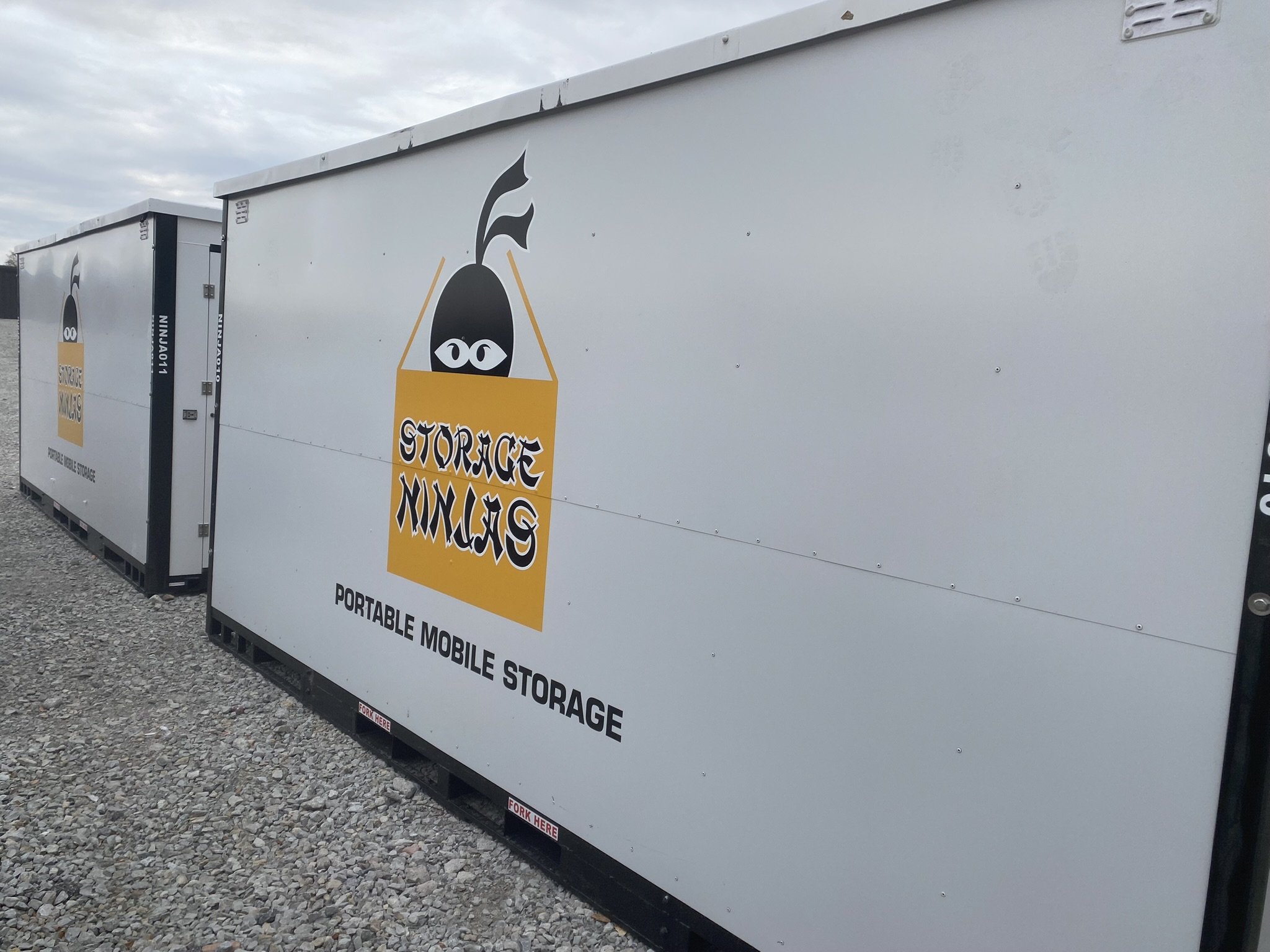Self-Storage Feasibility Studies: Fundamentals
Every Study Should Include This Information
A self-storage feasibility study is one of the most prevalent tools you can equip yourself with when considering the development of your facility. That said, not all studies are created equal. There are a few must-have categories for any report you commission or conduct.
Competitive analysis and summaries
Competitive information is critical to determining a site's feasibility. To understand what’s needed, you must understand what’s already there. And from that point, understand what’s missing.
Rental rate analysis and summaries
A rental rate analysis provides an in-depth look at what your competitors offer. Your analyst researches competitor’s promotions, administrative fees, deposit rates, waitlist availability, and unearths additional locations that could impact the feasibility of your facility. In a rental rate summary, you’ll find unit types, pricing ranges, and historical rental rate data. This section is a big part of how you build a case for if the market has room for another contender.
Occupancy rates summary
Occupancy tells you how many people are actively utilizing the available self-storage facilities and the capacity levels of competitors. Knowing these numbers will help determine a Go/No Go conclusion.
Amenities analysis
One of the best ways to compete is to fill gaps. With an amenities analysis, you can see what other facilities are offering. From security systems to pest control—not all self-storage facilities rise to the occasion. If enough competitors lack a valued amenity, that’s your opportunity to address a pain point.
Marketing analysis
A marketing analysis takes a closer look at the character of your competitors. What types of reviews are they getting online? How do they act on the phone? How accommodating are they with their customers? From these insights, you’ll get a good idea of what you can bring to the table to differentiate and improve.
Demographic overview
Just as important as knowing what your competition is, is knowing who your customers are. Age, race, ethnicity, and lifestyle data can contribute to development decision-making in multiple ways; such as identifying the best unit mix to pricing to operations budgeting. From managing expectations to meeting specific needs, it pays to know who lives in your backyard.
Demand per Capita and Demand Per Capita
The two most familiar demand drivers referred to in the self-storage industry are square feet of self-storage demand per capita and square feet of self-storage demand per household. These may be the most common ways to analyze a market but they are actually the least reliable indicators of unmet demand and oversupply. There are plenty of markets with a large amount of supply per person that can support more storage. There are also markets with a low amount of supply per person that will not produce a strong return on investment. Your self-storage feasibility study puts this data in context in light of the more crucial demand drivers in your submarket.
Marketing tactic recommendations
A solid marketing plan is included in your self-storage feasibility study in order to help you meet and exceed the projections. With a game plan at hand, you can get in front of more people quicker and create a rock-solid brand identity while spreading the word of your promotions and amenities.
SWOT analysis
A Strengths, Weaknesses, Opportunities, and Threats analysis (SWOT) provides an even clearer direction for where your efforts should be, and what your plan should look like moving forward.
Operations Budget
Estimated expenses are projected to manage, maintain and market the property. An expense analysis is typically built by using local property taxes in conjunction with the 2023 Self-Storage Expense Guidebook as a guideline.
Annual projections and recommendations
Recommendations come alongside projected cash flow. Projections are based on the unit mix, rental rates, and lease-up rate. This data gives you an idea of the earning potential and return on investment.
Which Data Should Be Referenced?
Data from industry databases and publications, government resources, independent consumer research databases, and other trusted sources should be cited throughout the self-storage feasibility study.
Measuring impact
When you’re looking at the feasibility of a location, it’s not simply about the quality of land or the number of units required for success. It’s about choosing a place that serves the community, maximizes the facility’s success, and presents continued opportunities in the future.
With data that's drawn from multiple sources and statistics, a comprehensive self-storage feasibility study should deliver a clear picture of where your business would thrive or not. The data referenced can make or break the outcome.
Getting the whole picture
Just as numbers within a self-storage feasibility study help measure the impact of a facility, data paints a prospective picture that you can use as a reference for development.
With a full breakdown of the relevant competitive and customer data the study sidesteps the paralyzing concept of the “blank page” and allows you to move forward with confidence. Like an artist using a reference photo for a painting—everything runs smoother when you know what you’re aiming for, and to know that, you must reference the correct data across multiple sources.
The real value of a self-storage feasibility study
There are countless advantages to commissioning a self-storage feasibility study beyond those listed above. From increased investor interest to personal peace of mind, I like to think of self-storage feasibility studies as a steadfast companion in which to traverse the winding—and often tumultuous—roads of developing a new self-storage facility.
Consider what state of mind you wish to be in throughout your journey; frazzled and unsure, or confident and competent? A self-storage feasibility study will help give you an impartial, educated and strategic answer.



